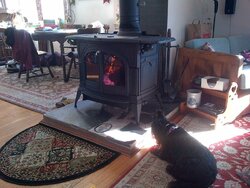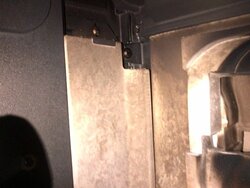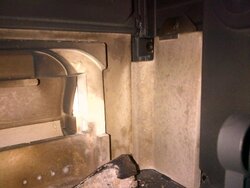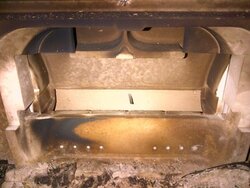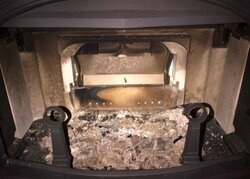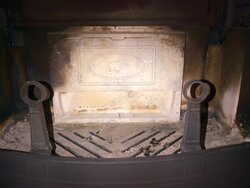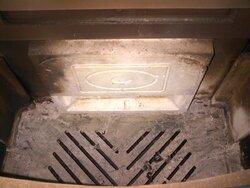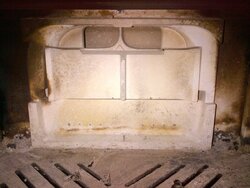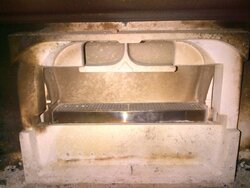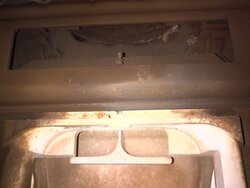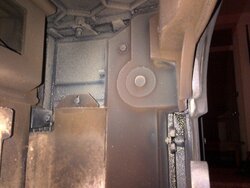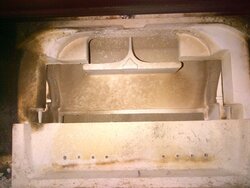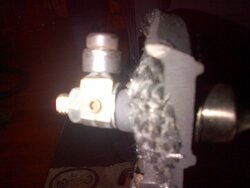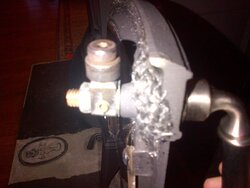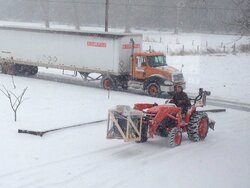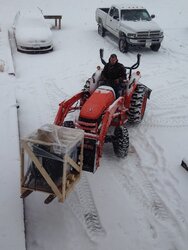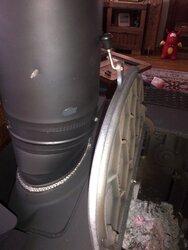Yes, when they work right they are amazing. I think that the load Ive got in there now has got to be one of the most intence loads Ive ever run. 3 hours in and Ive been averaging 650-700 griddle the entire time and have the livin room hotter than ever.. hotter than I can stand.
I hope its just running hot because of the fact I had started a fresh fire from a cold stove with a lot of little pieces and hen threw a couple of big ones on top before engaging... too much small wood and very strong draft.
I hope its just running hot because of the fact I had started a fresh fire from a cold stove with a lot of little pieces and hen threw a couple of big ones on top before engaging... too much small wood and very strong draft.




